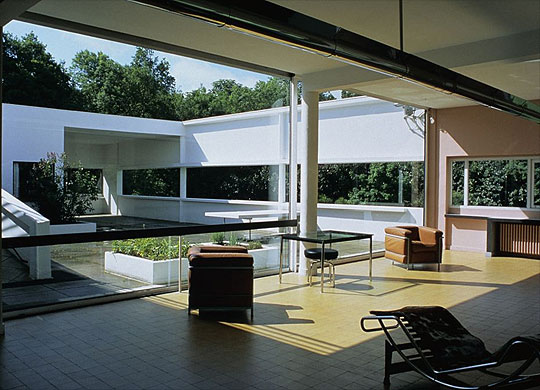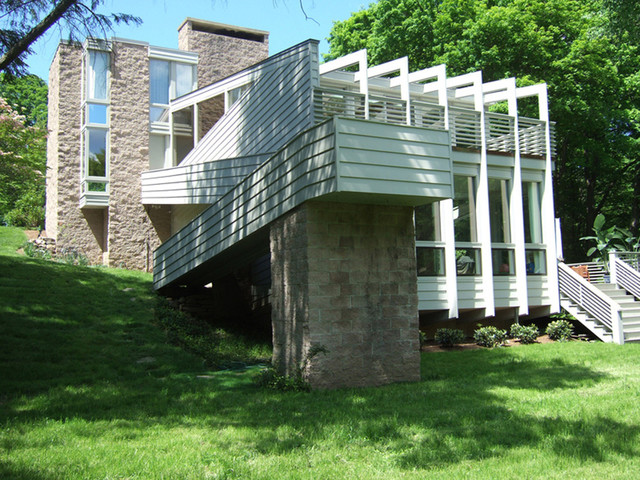
One of the architects who was a major player during this time was Charles-Edouard Jeanneret-Gris, formerly known as Le Corbusier. He was a Swiss-French architect, designer, painter, and writer, but he was most known for his urban design. He was born in Switzerland but became a French citizen in 1930. His career lasted 50 years with the construction of buildings across Europe, India, and the Americas. Le Corbusier's philosophy was to improve the industrialized urban cities such as Paris.
Le Corbusier respected historic design in the sense that he combined his passion for classical Greek architecture with the modern machine. He published his ideas in a book titled "Vers une Architecture" meaning "towards one architecture."In his book, he refers to the house as a "machine for living." What Le Corbusier meant was that homes were essentially an industrial product that should include functional furniture. In his mind, the industrial processes responded to human needs.



PAST APPLICATION:



CURRENT APPLICATION:
Below are examples of homes that in my opinion were inspired by Le Corbusier's work like Villa Savoye and how it's elevated off the ground.
Below are examples of homes that in my opinion were inspired by Le Corbusier's work like Villa Savoye and how it's elevated off the ground.



EXTRA CREDIT:
https://www.youtube.com/watch?v=4A07NnUu6x0
No comments:
Post a Comment